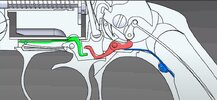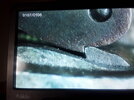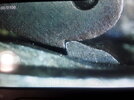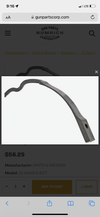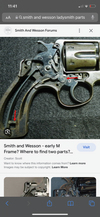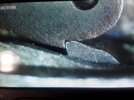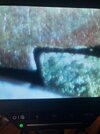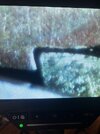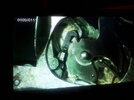I did two things to address the push off. I installed the rear sear that came with the hammer/parts kit and that helped quite a bit. Although it could still pe pushed off, it took a substantial amount of force to do so. Using a plastic mallet it could be induced to release with a hard blow. It would not be drop safe either.
Next I bent the rear sear spring to apply more force on the rear sear and now it cannot be pushed off with fingers. But if hit with a very hard blow with the plastic mallet it can be tripped. So the push off is cured but it still isn't drop safe. At least not drop safe with the hammer cocked.
I've inspected the rear sear/full cock notch at full cock under high magnification and there is a surface on the rear sear that has the slightest curve that I think should be flat/square that would almost certainly lock the two together. It is in a location that is very hard to photograph. I'm going to have to photograph it with my microscope to show it. But that will have to wait until I retrieve my computer from work.
Next I bent the rear sear spring to apply more force on the rear sear and now it cannot be pushed off with fingers. But if hit with a very hard blow with the plastic mallet it can be tripped. So the push off is cured but it still isn't drop safe. At least not drop safe with the hammer cocked.
I've inspected the rear sear/full cock notch at full cock under high magnification and there is a surface on the rear sear that has the slightest curve that I think should be flat/square that would almost certainly lock the two together. It is in a location that is very hard to photograph. I'm going to have to photograph it with my microscope to show it. But that will have to wait until I retrieve my computer from work.



